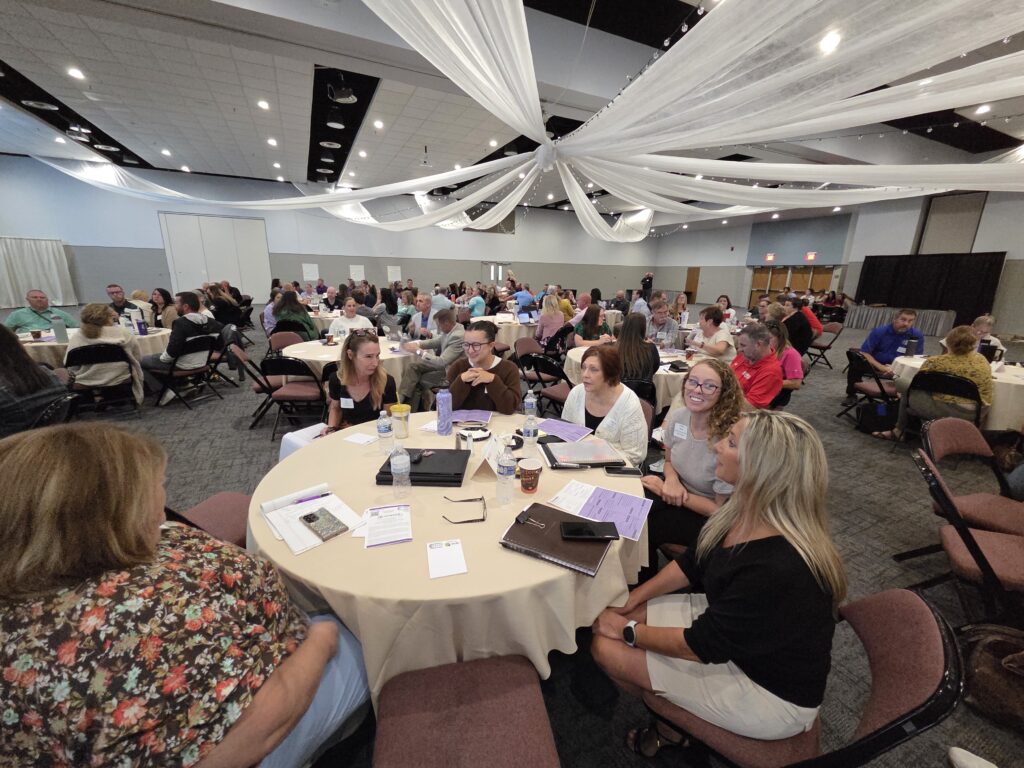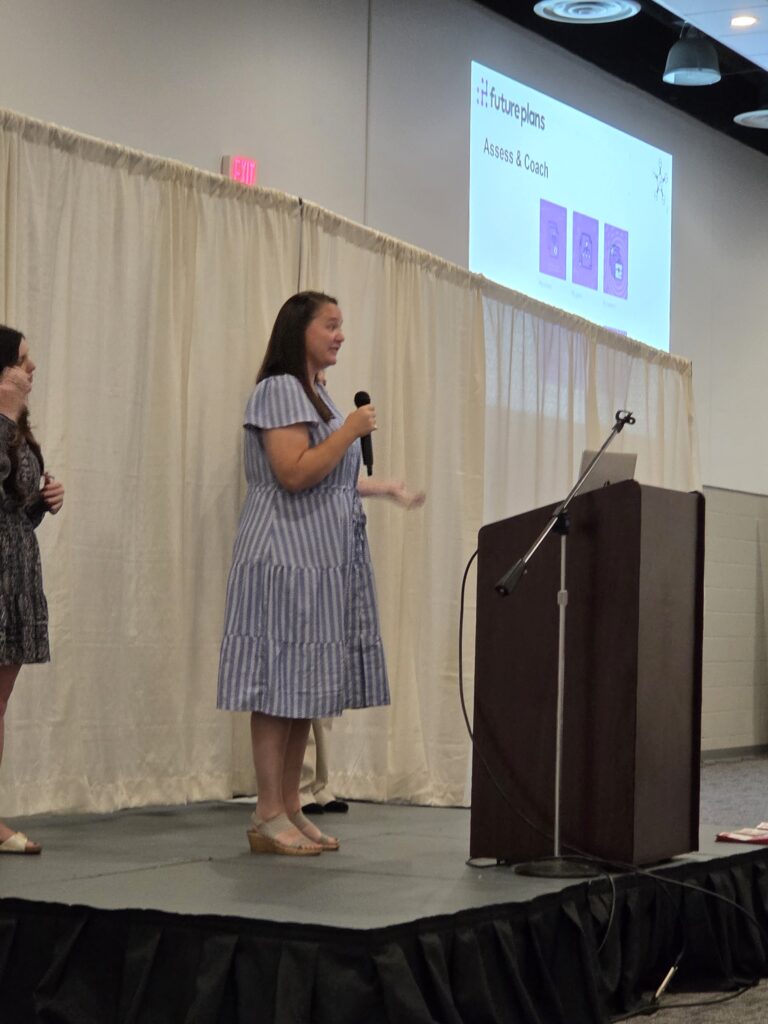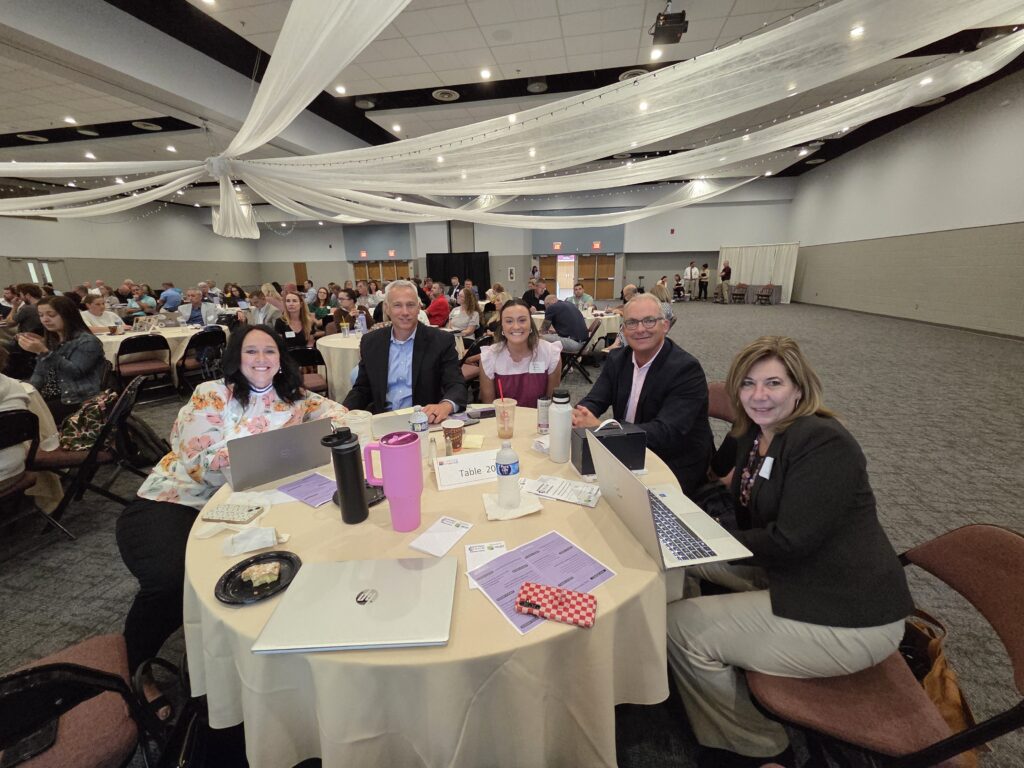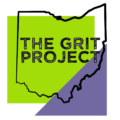Appalachian STEM Collaborative Champions Student Success at Personalized Learning Summit
Future Plans and The GRIT Project Lead Discussion on Career Readiness, Real-World Exposure, and Breaking the Cycle of Poverty in Appalachia
On September 18, 2025, educators, students, and community leaders converged at the Pritchard Laughlin Civic Center in Cambridge, Ohio for the Appalachian STEM Collaborative’s Personalized Learning Summit. The event’s theme, “Supporting Students as Path-makers,” served as a call to action, urging all participants to focus on helping students in Appalachian communities chart their futures with purpose and resilience. Future Plans, in partnership with The GRIT Project, took center stage to share their innovative five-step process designed to unlock student potential and foster career readiness in this unique region.
Setting the Stage for Collaboration and Impact
The summit began with palpable enthusiasm, as attendees reflected on the shared mission of empowering students to become architects of their own journeys. Representatives from Future Plans—including Mary Ellen Dobranski (Executive Vice President for Programs and Regional Impact), Terri Bennet, Michelle Carte, and Lauren Borovicka—led an engaging presentation, inviting the audience to participate actively and share their own experiences with Future Plans initiatives. Many educators in attendance raised their hands, signaling that their schools were already benefiting from the organization’s work, and underscoring the broad reach of these programs across the 32 counties served by The GRIT Project.
Mary Ellen Dobranski opened the session with a heartfelt introduction, emphasizing the deep commitment of Future Plans to “ending poverty, one person at a time.” This mission, she explained, is brought to life through a robust network of Community Outreach Partners (COPs), including dedicated Career Navigators who work closely with students and adults in Appalachian communities. The organization’s approach to collaboration— “braiding funding with other organizations”—was highlighted as a key strategy for maximizing impact and ensuring resources are directed where they are most needed.
The Five-Step Process: A Pathway to Purpose
At the heart of Future Plans and The GRIT Project’s model is a comprehensive five-step process, carefully designed to support students as they develop self-awareness, identify strengths, and pursue meaningful career paths. While Mary Ellen Dobranski introduced the process, she noted that her colleagues would soon elaborate on each step, inviting attendees to engage deeply with the program’s structure.
- Assessment: The journey begins with a personalized assessment, empowering students to explore their aptitudes, strengths, values, and abilities. By understanding their unique profiles, students gain insight into potential career paths and the steps required to achieve their goals.
- Coaching: Following assessment, students are paired with experienced coaches who help interpret results and provide guidance. Coaches support students in considering options, gravitating toward fields that align with their interests and strengths, and making informed decisions about their futures.
- Discovery: The program places a strong emphasis on real-world exposure, inviting students to participate in discovery events that showcase diverse career opportunities. Discovery experiences, often held at local schools, allow students to interact with professionals, explore industries, and gain hands-on understanding of various fields.
- Preparation: With their career aspirations clarified, students move into the preparation phase, where they develop credentials, explore post-secondary options, and engage in work-based learning experiences. Pre-apprenticeships and skill-building workshops equip students with the practical tools needed to succeed beyond high school.
- Job Placement: The final step connects students with job placement resources, supporting them as they transition into the workforce or further education. The focus on matching students with opportunities that fit their strengths ensures lasting impact and personal fulfillment.
Throughout the presentation, the team emphasized the importance of individual empowerment. “How many of you, like me, didn’t know what you wanted to be when you graduated from high school?” Mary Ellen asked, prompting nods and smiles from the audience. She shared that the five-step process is designed to address this very challenge, guiding students to discover their strengths and values, and helping them to chart a path forward with confidence.
“How many of you, like me, didn’t know what you wanted to be when you graduated from high school?”
– Mary Ellen Dobranski
Collaboration Drives Success Across Appalachia
A distinguishing feature of the Future Plans and The GRIT Project approach is its collaborative spirit. The organizations work hand-in-hand with schools, community partners, and other nonprofits to weave a strong support network for students. This “braiding” of funding and resources enables Future Plans to offer its services at no cost to schools and students in Appalachia—a critical factor in a region where economic barriers often limit access to educational and career opportunities.
The summit reinforced the value of this collaborative model. Educators, career navigators, and outreach partners shared stories of how Future Plans initiatives have transformed lives, with students discovering new possibilities they had never considered. The presence of partners from all corners of the region underscored a shared commitment to breaking the cycle of poverty and promoting self-sufficiency.
Real-World Exposure: Connecting Students to Opportunity
One of the most impactful elements of the event was the focus on real-world exposure for students. Through discovery events and hands-on learning experiences, Future Plans and The GRIT Project aim to broaden students’ horizons and allow them to envision themselves in diverse roles. These experiences often serve as the critical link between classroom learning and career exploration, bridging the gap between aspiration and achievement.
Attendees heard firsthand how discovery events have helped students consider professions in fields such as advanced manufacturing, healthcare, engineering, agriculture, and information technology. By engaging with local employers and mentors, students gain practical insights and build networks that support their growth.
Breaking the Cycle: Building Capacity for Sustainable Change
The summit’s overarching message was clear: meaningful change in Appalachia requires sustained effort, deep collaboration, and a holistic approach to student support. Future Plans and The GRIT Project are committed to not only preparing students for the workforce, but also equipping them with the mindset and resilience needed to overcome adversity.
Mary Ellen Dobranski spoke passionately about building capacity at every level—students, adults, and communities. The integrated model encourages self-discovery, lifelong learning, and a sense of personal agency. Future Plans’ Community Outreach Partners (COPs) play a vital role in this effort, offering ongoing support and connecting individuals to resources that empower lasting change.
Looking Ahead: Expanding Impact and Opportunity
As the Personalized Learning Summit ended, the energy in the room reflected a shared sense of purpose and optimism. The Future Plans team invited attendees to continue the conversation and explore new ways to collaborate, innovate, and support the next generation of Appalachian leaders.
For educators, students, and community members inspired by the summit, Future Plans and The GRIT Project offer a wealth of resources and opportunities to get involved. Whether through participating in discovery events, accessing coaching and assessment tools, or joining the network of Community Outreach Partners, the path to success is open to all.
Conclusion
The Appalachian STEM Collaborative’s event on September 18, 2025, served as a powerful reminder of what is possible when communities come together to support students as “Path-makers.” Through the leadership of Future Plans and The GRIT Project, the five-step process is helping young people unlock their potential, pursue meaningful careers, and build a brighter future for Appalachia.
For more information about Future Plans and The GRIT Project, and to learn how you can support or participate in these initiatives, visit their websites and join the movement to empower students and break the cycle of poverty, one person at a time.
Future Plans: https://futureplans.org
The GRIT Project: https://www.gritohio.org/



